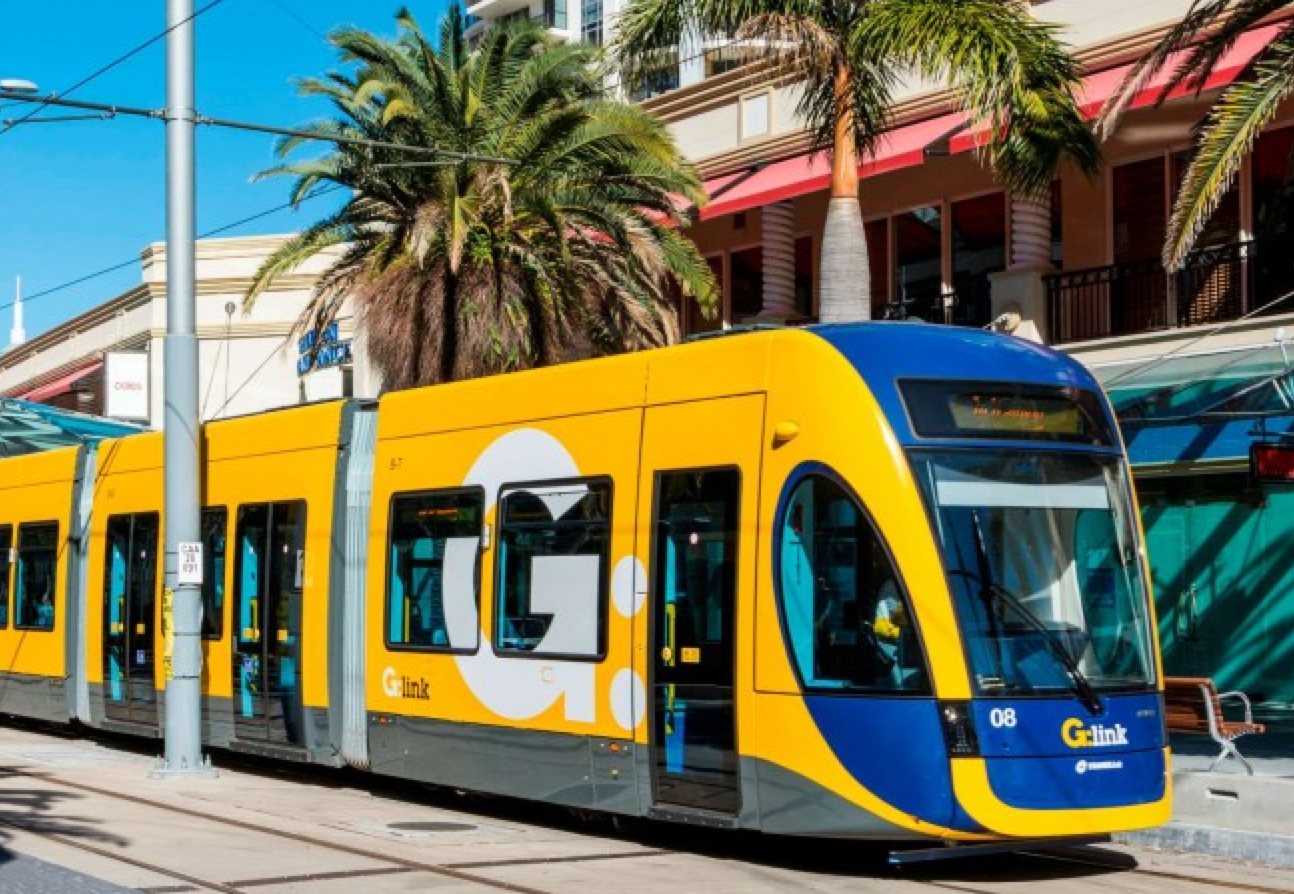Code Green Solutions


To have a community which says it is sustainable, but is dependent on infrastructure which is not, is a contradiction in terms.
All communities rely on a range of different types of infrastructure to function. To put it simply, for everything that’s above or at ground level, there is something along or under the ground (i.e. infrastructure) which is fundamentally important to a community’s ability to function.
Designing community level projects from the infrastructure up – and having the infrastructure planned with sustainability in mind – has an enormously positive impact on our economy, our wellbeing and our environment.
Yet, while infrastructure can contribute to more sustainable and productive communities and cities, it can also reduce their sustainability. Poorly planned, poorly constructed infrastructure can create barriers, can encourage sprawl and can create air pollution.
This is where the whole infrastructure sustainability argument becomes challenging because it may be that the most sustainable outcome is not to build a piece of network at all, rather than to build it and make it as sustainable as possible. There is a conundrum here to which no simple answer exists.
Infrastructure sustainability can be considered at various levels:
We are starting to understand better the foundations for sustainable, successful and productive communities – and we’re doing this by learning from a city or global level.
If we look at the four fastest growing Australian cities – Perth, Melbourne, Sydney and Brisbane – we see success is about aspects such as access to educational and employment opportunities, productivity, access to housing, and a feeling of security and community spirit.
Communities founded upon sustainable infrastructure can maximise productivity across transport, water, electricity and telecommunications networks. But how do we know whether this supporting infrastructure is sustainable?
The IS rating tool (developed by the Infrastructure Sustainability Council of Australia) plays a key role here. It allows for the assessment of the sustainability of a particular infrastructure solution.
Most powerfully, in scenario’s where we are comparing different infrastructure solutions, the ratings model now presents this information by comparing it to the maximum possible score for each of 15 objectives. This enables us to see where a project is doing well and where it’s not doing so well.
This facilitates and encourages the sort of outcome optimisation that we have seen over recent years with Green Building Council of Australia’s (GBCA) Green Star rating system. The IS tool is following a similar path, with many now asking “how can we improve our score?” Project teams have realised that there is a value in their project being recognised as sustainable and that it’s worthwhile to have developed a sustainable infrastructure outcome. This effect is gathering impetus as more projects are registered and receive ratings.
We are seeing similar positive outcomes from GBCA’s Green Star – Communities rating tool, which addresses sustainability at the precinct, neighbourhood and community scale. It benchmarks and rewards sustainable developments by assessing them against the categories of: liveability; economic prosperity; environment; community design; governance; and innovation.
Green Star touches on ‘hard’ and supporting infrastructure from a binary perspective (asking whether the infrastructure is sustainable or not). However, if the whole urban system is considered in detail at the ratings phase by the IS and Green Star ratings tools applied in conjunction, the positive impact on our community infrastructure could be immense.